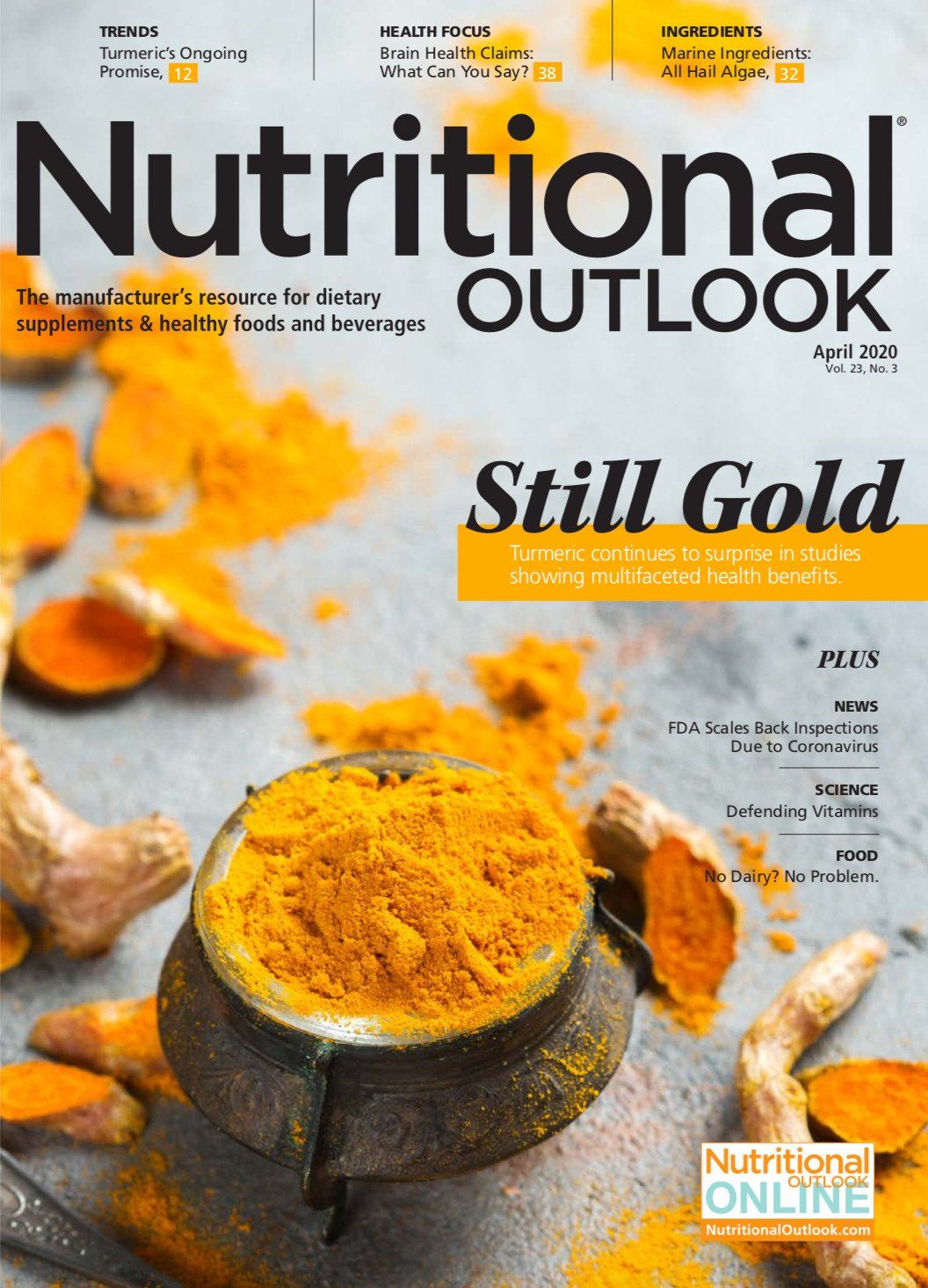How do active nutrition customers differ from traditional sports nutrition consumers?
What health benefits are active nutrition customers chasing in 2020, and what types of products do they prefer?
Photo © AdobeStock.com/Rido

Active nutrition is a term increasingly used in the consumer products nutrition market. But who is the active nutrition consumer-and how does this customer differ from the traditional sports nutrition customer?
Simply put, active nutrition and sports nutrition consumers are often interested in similar products, but the active nutrition customer represents significantly broader interests. While the sports nutrition market caters to customers actively involved in sporting activity-or at least those aspiring to a sporting activity-active nutrition is characterized by consumers who seek products with a health halo and who make products typically associated with athleticism part of their day-to-day routine, with the goal of benefiting their long-term health.
For product makers, consumer research suggests that active nutrition marketing gives companies a wider market audience for their products by being able to focus on those who are not necessarily intending to get more active but who are purchasing products for more general health benefits.
Health Concerns of the Active Nutrition Customer
What health benefits are active nutrition customers seeking? Consumer research from FMCG Gurus’ new report, “Global Active Nutrition: How to Get It Right in 2020” (published in January 2020, with 26,000 respondents), sheds light on this.
Goals: According to the report, 55% of consumers surveyed say they are unsatisfied with their digestive health, and 51% say they are concerned about their heart health. In general, 40% say that even though they are not suffering from any negative health symptoms, they want to take a more proactive approach to maintaining their health.
Effort: 47% of consumers say they have tried to exercise more in the last two years, while 39% have improved their diets and 20% have taken nutritional supplements. Those who have undertaken a diet-based route to improvement are working on reducing their sugar intake (51%), followed by increasing their protein intake (45%). Other popular tactics include adopting a reduced meat or flexitarian diet (39%), or cutting sugar entirely (39%). Consumers seeking products they perceive as healthy say they look for products high in probiotics (40%) and prebiotics (45%).
Product Targeting
These types of consumer insights are valuable for companies trying to determine how to target these new market trends. With a variety of new snack or supplement options available for the active nutrition customer, ranging from everyday high-protein coffee to energy gels, these consumers have a greater variety of options to choose from than ever before, and it is easy to see from the consumer research which products they are moving towards and which they are moving away from.
FMCG Gurus’ “Global Active Nutrition Survey” (published in 2019, with 26,000 respondents) showed that the product that active nutrition customers increasingly consumed in the past 12 months is protein snack bars, with 16% growth over the time period. Other categories also showing strong growth are sports powders and protein powders to add to shakes or beverages, and protein-fortified foods like cereal, porridge, or crisps, all showing a 14% increase.
Other categories, however, showed slower growth, with sports and protein gels both growing at a lower 5%, while energy gel showed an overall decrease of 1%. The consumer insights into gels indicate that gels are a significantly less popular way to consume active nutrition products these days. This coincides with data suggesting that energy-focused foods-specifically bars, gels, and powders-are also not something active nutrition consumers are particularly likely to seek out.
Protein for Everyone
The most popular snack options for active nutrition customers are those that contain high levels of protein, FMCG Gurus research shows. Of those surveyed, 45% of consumers have increased their overall intake of protein, and more than half of consumers surveyed say they have directly switched from snacking on high-sugar products like chocolate and confectionery to snacking on high-protein products.
Unlike traditional sports nutrition motivations, only a relatively small percentage of active nutrition consumers are looking to build muscle (16% of those surveyed), while a significantly higher number are interested in more general health benefits. To this end, the appeal of protein has broadened significantly among active nutrition customers: 48% look for high-protein options for general health and wellness purposes; 47% look for high-protein products to boost their energy levels or improve their heart health; and 44% seek high-protein products to boost their immunity.
What to Avoid
Finally, it is important to note that a mainstay of consumer concerns is the fear of side effects related to certain products. In our survey, 20% of respondents said they are or would be prevented from buying healthy/high-protein snacks due to a fear of side effects. Based on previous experience, 29% of respondents said they believe such products will cause dehydration, 28% said they are worried about resulting gas or constipation from consuming the products, and 26% said they fear negative effects such as bad breath or bloating. Companies looking to capitalize on these market trends will need to not only take steps to reduce consumer concerns about these issues, but also to reassure consumers on the fence.
Data for this article is based on FMCG Gurus’ “Global Active Nutrition: How to Get It Right in 2020” report (published in January 2020) and its “Global Active Nutrition Survey” (published in 2019).
Andrew Crofts is a senior research analyst at FMCG Gurus (https://fmcggurus.com/). For more info please contact FMCG Gurus at info@fmcggurus.com.

Prinova acquires Aplinova to further increase its footprint in Latin America
April 7th 2025Prinova has recently announced the acquisition of Brazilian ingredients distributor Aplinova, which is a provider of specialty ingredients for a range of market segments that include food, beverage, supplements, and personal care.

























